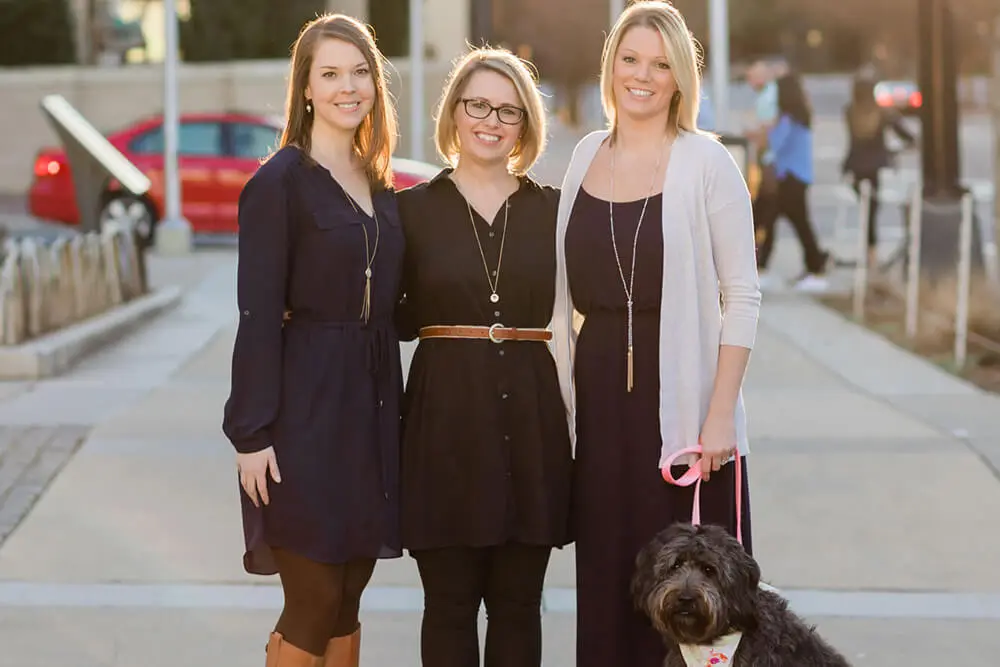Contributed by: Lauren Moore, LCSWA
Attached, written by Amir Levine, M.D., and Rachel Heller, M.A., is a popular book amongst both therapists and clients. In this book, research expanded upon John Bowlby’s attachment theory is explained in a digestible format to help readers identify their own attachment style and increase insights into their attachment-based needs. Attached also includes various exercises and skills to help readers work towards increased security in their own relationships.
Attachment Styles
In Part 2 of Attached, each attachment style is described with relevant research. Additionally, authors share how some attachment styles clash and how to increase secure skills within a romantic relationship. The 3 attachment styles highlighted in the book include anxious, avoidant, and secure attachment. In the attachment style chapters, authors explain how people who have an anxious attachment style are often fearful of losing their partner’s interest and may act in ways that push their own needs down to keep their partner happy. Attached encourages anxious people to communicate their needs, find a balance in their thoughts, and more with helpful strategies outlined in the book. Next, people with avoidant attachment styles often push away intimacy in fear of losing their own independence. In Attached, readers receive suggestions regarding reliance on one’s partner and creating a stronger mutual support system which increase intimacy. Lastly, the secure attachment style is addressed throughout the book. People with secure attachment often feel safe in their relationships and trust their partner will be there for support when needed. Secure attachment allows for exploration, intimacy, and effective communication within a relationship.
Readers
This book is designed for young adults and up; however, parts may be helpful if shared appropriately with adolescents by parents and/or a therapist. If you are interested in increasing your self-awareness of your patterns in relationships and how to improve them, this book is for you! Keep in mind that no matter what attachment style you have, this book can be a useful guide to expand upon further with the help of a professional and other resources. Readers are encouraged to acknowledge thoughts and behaviors in relationships that may be holding them back while remembering what their own needs are and advocating for them.
Next Steps
If you have finished Attached and are interested in more, I recommend checking out The Power of Attachment by Diane Poole Heller. Like the research explained in Attached, this book expands upon John Bowlby’s attachment theory and provides helpful grounding exercises throughout to work on previous attachment ruptures. There are also several other books, podcasts, and other resources to continue exploring attachment theory and how it impacts your life. Happy reading!



